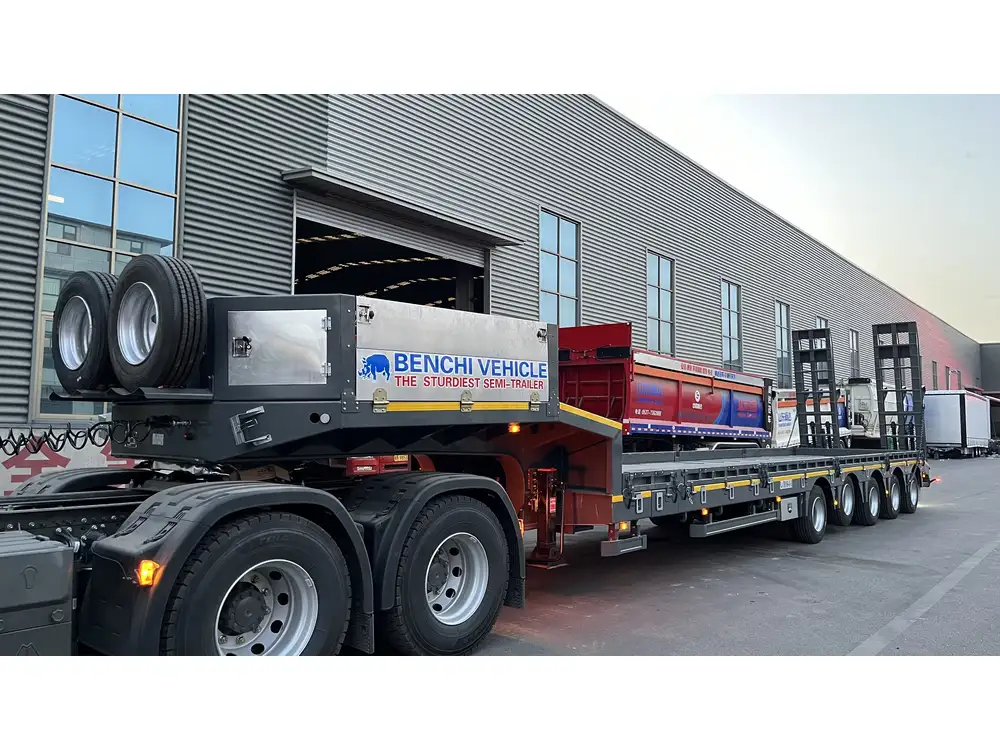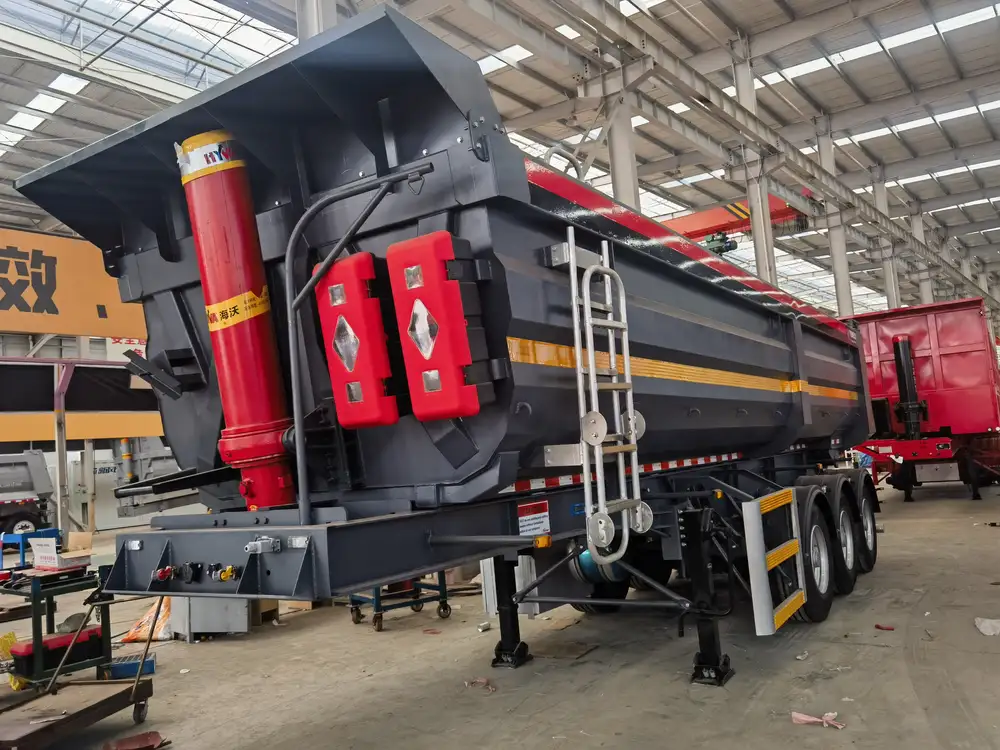In the world of outdoor adventures and road-tripping, the efficient and safe operation of propane tanks is crucial. For those with trailers, understanding the correct methods to utilize dual propane tanks can enhance comfort, ensure longevity in energy supply, and boost safety during travels and endeavors. This comprehensive guide will delve deep into the intricacies of operating two propane tanks on your trailer, aiming to simplify this essential process while addressing common queries and concerns.
Understanding the Basics of Propane Tanks
Propane tanks are a vital source of fuel for various appliances in trailers, including stoves, refrigerators, and heaters. The operation of two tanks allows for a continuous supply of fuel without interruptions, enhancing the trailer’s utility. Here’s a breakdown of key components:
| Component | Description |
|---|---|
| Propane Tank | Stored gas in pressurized steel cylinders. |
| Regulator | Controls the flow of propane from the tanks. |
| Switch Valve | Manages which tank is in use at any given time. |
| Pigtail Hose | Connects the propane tanks to the regulator. |
Types of Propane Tanks
There are generally two sizes of propane tanks used in trailers: 20-pound (5-gallon) tanks and 30-pound (7-gallon) tanks. The choice between these often depends on space, weight, and duration of trips.
- 20-pound tanks: Commonly seen in smaller trailers; they are easy to transport and refill.
- 30-pound tanks: Offer longer use between refills, suitable for larger trailers or extended trips.

Operating Two Propane Tanks: A Step-by-Step Process
Operating dual propane tanks is straightforward, but it requires an understanding of specific procedures. Here’s how to do it efficiently:
Step 1: Install the Propane Tanks Securely
Ensure the tanks are mounted properly in a designated storage compartment or tray. Use the following guidelines for secure installation:
- Brackets: Firmly secure brackets should hold the propane tanks in place to prevent movement during travel.
- Ventilation: Allow for proper ventilation in the storage area to avoid gas accumulation.
Step 2: Connect the Regulator System
The regulator is a key element in ensuring a stable flow of propane. Follow these steps:
- Position the Regulator: Attach the regulator to the primary tank, connecting the output hose to the trailer’s propane system.
- Attach Pigtail Hoses: Connect pigtail hoses from each tank to the regulator. This allows both tanks to supply fuel.

Step 3: Configure the Switching Mechanism
The switching valve (manual or automatic) determines which tank is in use.
- Manual Switch: Requires manual intervention to switch between tanks. Use this for precise control over fuel sources.
- Automatic Switch: This type will automatically draw from the tank with higher pressure, switching tanks seamlessly when one is depleted.
Step 4: Open the Valves
- Open the Primary Tank Valve: Start by opening the valve on the primary tank (usually the tank on the left when viewed from the back).
- Open the Secondary Tank Valve: Follow by opening the valve on the secondary tank, which remains shut until the primary tank is empty.
Step 5: Test the Propane System
Before heading out, ensure the entire system is functioning correctly.
- Leak Test: Use a mixture of soap and water on all connections. Look for bubbles, which indicate leaks.
- Check Appliances: Turn on your appliances to ensure they are receiving propane satisfactorily.

Step 6: Monitor Consumption
Regularly checking propane levels can prevent unexpected outages during your journey.
| Tank Type | Approx. Burn Time* |
|---|---|
| 20-pound Tank | 18-24 hours |
| 30-pound Tank | 24-36 hours |
*Times will vary based on appliance usage.
Propane Tank Maintenance Tips
Proper maintenance ensures safety and longevity of your propane tanks. Here are some best practices:
- Leak Inspection: Regularly check for leaks using the soap and water method.
- Clean Connections: Ensure the connections are free of dirt and debris.
- Tank Recertification: Propane tanks must be recertified every 5-12 years. Ensure you maintain documentation.
- Store Properly: Store tanks upright in well-ventilated areas away from flammable materials and direct sunlight.
Addressing Common Concerns
Operating two propane tanks can come with questions and concerns. Below are some frequently encountered issues:

What if One Tank Runs Out?
With dual tanks, when one tank is empty, the switching mechanism ensures a seamless transition to the other tank. Be mindful to regularly check tank levels to avoid running out unexpectedly.
How Long Will My Tanks Last?
Duration of tank usage fluctuates based on appliance consumption rates. For instance, a furnace might consume more propane than a refrigerator. Keeping an eye on usage habits can help predict when to refill.
Can I Use Both Tanks Simultaneously?
Yes, if your setup allows for it, both tanks can be used at the same time, especially helpful during heavy usage periods such as colder months when heating demands are high.

Safety Considerations
Safety should always be a priority when operating propane tanks. Here are critical safety guidelines:
- Always ensure tanks are tightly secured and stored properly.
- Never use propane appliances indoors unless they are designed for such use.
- Keep a fire extinguisher accessible and ensure it is certified for chemical fires.
- Familiarize yourself with the odor of propane (a distinct smell resembling rotten eggs) for easy leak detection.
Conclusion
Understanding the operation and maintenance of dual propane tanks can dramatically enhance your trailer experience, providing you with the comfort and peace of mind needed for enjoyable travels. With proper installation, monitoring, and adherence to safety protocols, you can efficiently manage your propane supply, allowing for extended adventures without the constant worry of running out of fuel.
We hope this guide serves as a valuable resource as you prepare for your next journey. Happy trailering!



